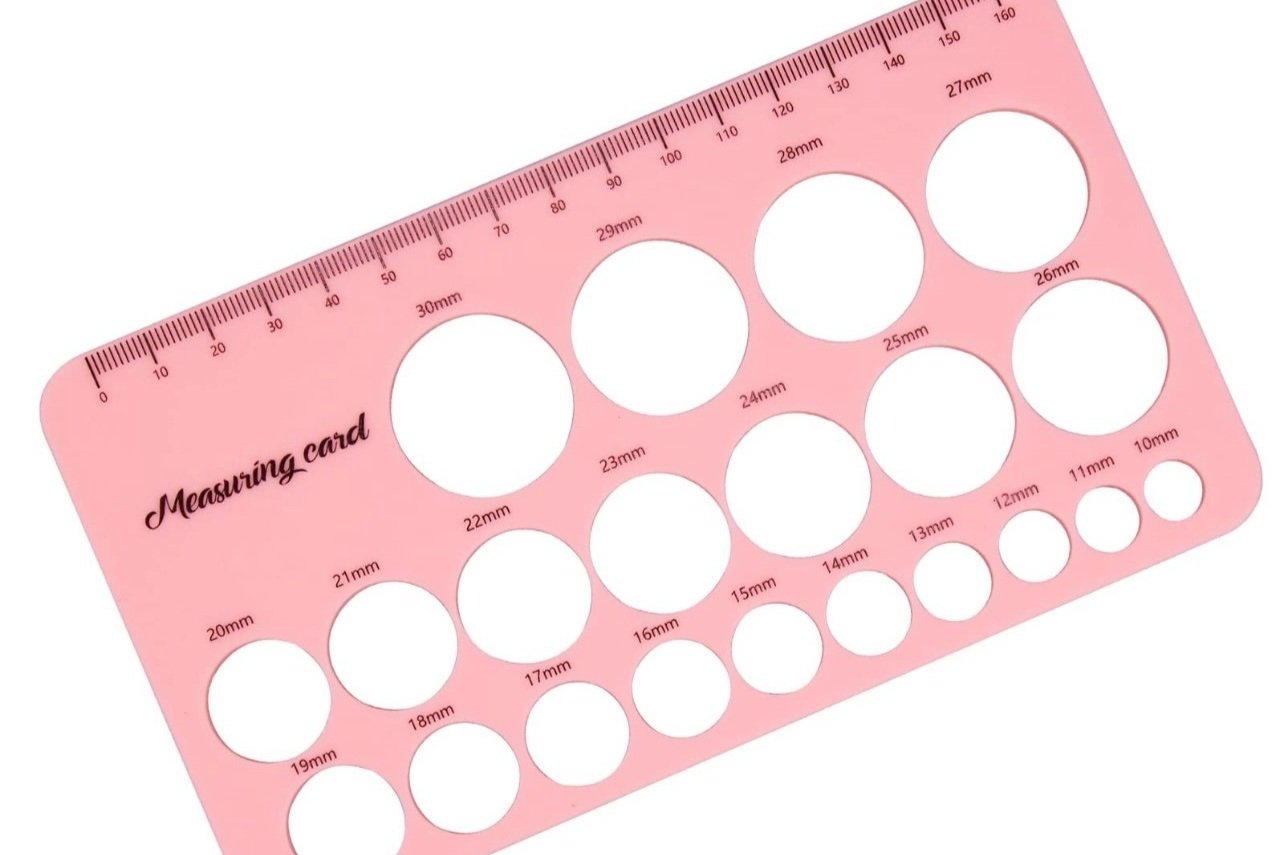Breast Shield Size Does Matter
Breast pumps are a valuable tool for breastfeeding mothers, allowing them to provide the important benefits of breast milk to their babies when they are separated, or when a support person shares in the feeding journey. To maximize the efficiency and comfort of pumping, it is crucial to use the correct-sized breast shield.
I often find pumping mothers using breast shields that are too big causing tissue damage and decreased milk output. I have even found moms inadvertently using 2 different sized shields at the same time without even realizing it!
In this blog post, we will discuss the importance of correctly sizing breast shields and provide guidance to help you find the best fit to ensure milk removal is comfortable and optimized.
Understanding the Importance of Proper Sizing
Choosing a correctly fitting breast shield is vital for efficient milk expression and to ensure comfort during pumping sessions. A poorly fitting breast shield can lead to reduced milk flow, inadequate emptying of the breasts, discomfort, and even nipple trauma. To prevent these issues, we recommend having a Lactation Consultant assess the fit of your breast shields while you are pumping to ensure you are using the correct size.
Nipple measuring guides are not always accurate
Nipple measuring guides are not always accurate and may leave you spending money on breast shields that aren’t the right size. You might have a general idea of what your shield size is before the birth of your baby, but it is best to wait until after your delivery to be correctly sized by a lactation professional. Make sure both nipples are sized because you may need different sizes for each breast.
Pumping Considerations
As a general rule when you pump, your nipples should move freely and comfortably through the nipple shield tunnels-not your areolar tissue. If your areola is being pulled into the tunnel, it’s too big! You should not experience any pain or pinching while pumping. Pain is your body’s way of saying stop, something isn’t right! Make sure your nipple is centered in the middle of the shield before you begin pumping and throughout your entire session. Applying a small amount of lanolin or coconut oil to your nipple and areola before pumping can be helpful. Cranking up the suction on your pump does not mean you are going to remove more milk. This could lead to nipple damage and make it more challenging to breastfeed or continue pumping.
Source: nurturingmilk.com
Most pump manufacturers don’t make small enough breast shields
Once you have been properly sized by a Lactation Consultant, you may have to look for a third-party distributor to purchase proper fitting breast shields. Most breast pumps come with the standard #24mm or #25mm breast shields which are often too big for most mothers. #21mm is generally the smallest-sized breast shield pump manufacturers sell. A lot of pumping mothers require smaller breast shields. So please seek the advice of a lactation professional before you click that purchase button and end up ordering breast shields that may not be the right size!
Maymom which can be purchased on Amazon, sells a large variety of breast shields and silicone breast shield inserts that reduce the diameter of #24 and #25mm breast shields to #19mm, #17mm, #15mm, and #13mm. Maymom breast shields and inserts are designed for the most commonly purchased breast pumps on the market. But remember, if you purchase a shied or silicone insert from Maymom, you are using a part that is designed by a different manufacturer than your breast pump.
Every woman's body is unique, so finding the right breast shield size requires a personalized approach. Prioritize your comfort and avoid spending money on the wrong products. Consult with lactation experts to make your pumping experience as efficient and pleasant as possible.
If you are having difficulty finding the correct breast shield or experiencing discomfort while pumping, reach out to Nourish Lactation! We offer in-home consultations to assess the fit of your breast shields to ensure your pumping journey is as smooth as possible!





